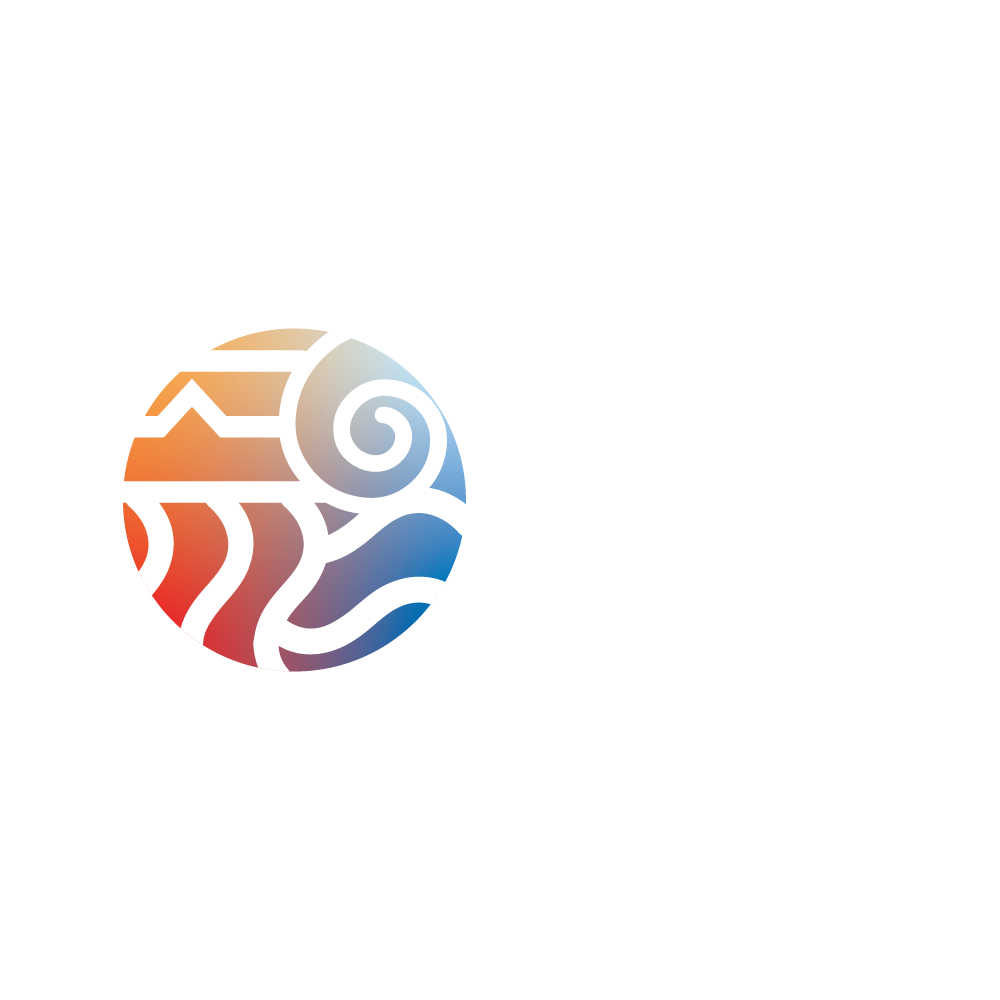15/04/2025
At Fast Hazard, we continue to develop new features and applications to support our usersin better understanding and responding to environmental risks. We are still actively workingon the Fast Slide application, which simulates soil formation, instability, and the dynamicsof landslides and other mass movements. The tool, currently in alpha version, leveragesglobal datasets for easier model setup and calibration, and uses rapid model algorithms tomaintain interactive performance. In the coming weeks, several projects will begin usingFast Slide, giving us a valuable opportunity to identify major bugs and verify its efficacy inreal-world scenarios.
Earlier this year, the command line tool saw successful use in a number of projects, andwe continue to improve it on a weekly basis based on feedback and performance testing.One of our key goals for the next quarter is to enhance user management. This includes building closer contact with users of both Fast Slide and Fast Flood, and keeping themregularly informed about changes, updates, and improvements to the tools.
We are also focusing on increasing the robustness of our models under extreme conditions.This involves stress-testing the system with large datasets, high volumes of simulations, andcomprehensive use of global data sources to ensure stability and reliability.
Looking ahead, we still plan to implement a feature within the Fast Flood tool to modeldifferent types of mitigation measures, with a particular emphasis on natural solutions likevegetation and natural reservoirs. Our goal is to encourage the use of nature-basedsolutions over more technological interventions. Additionally, we aim to broaden our scopeby developing new applications to assess climatological threats, with heavy wind and heat-related risk assessments high on the agenda.


Fast Hazard
Mail: info@fasthazard.com
Fast Hazard BV – Webdesign by Van Loon Vormgeving in The Netherlands – Privacy Policy